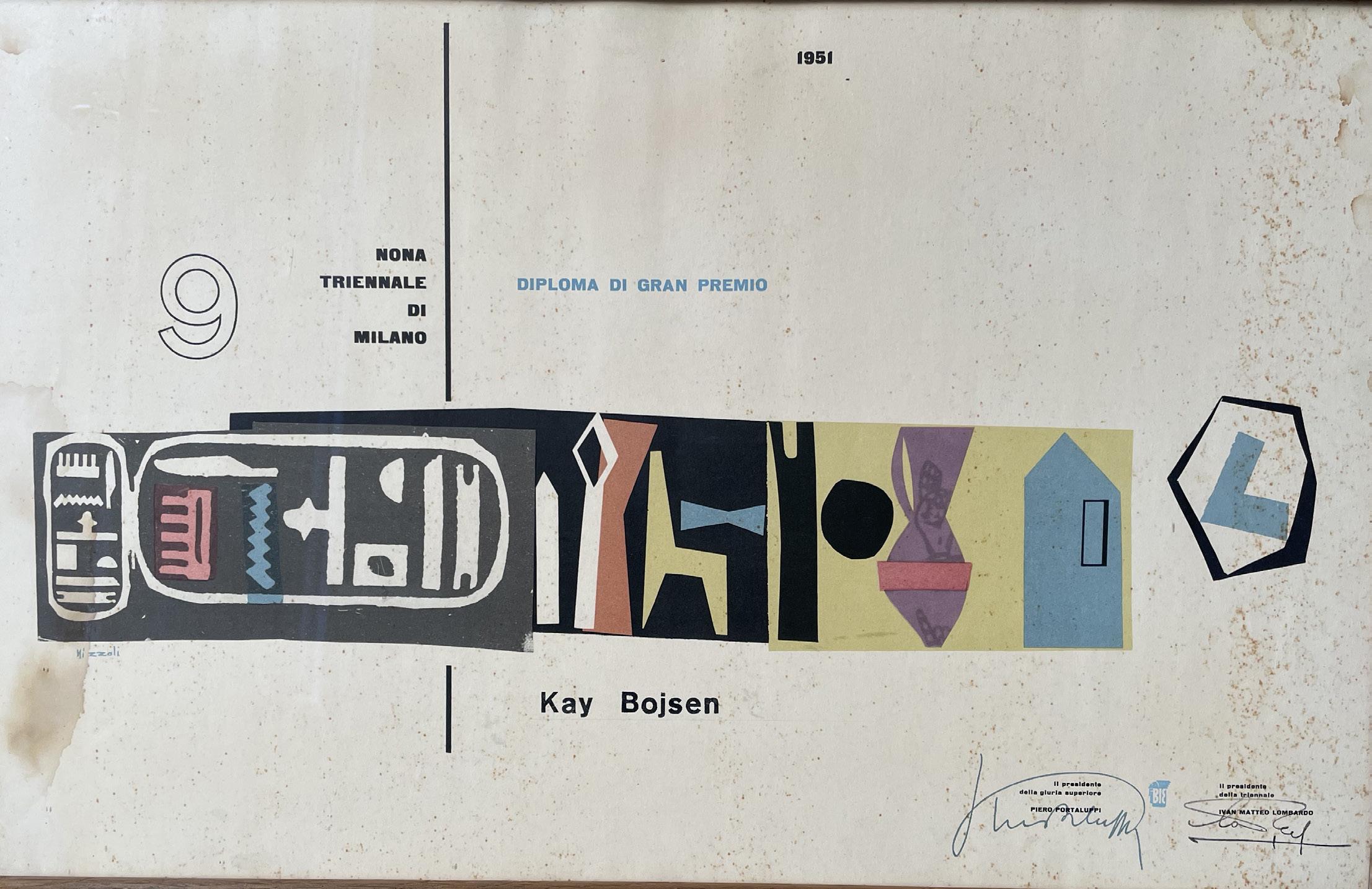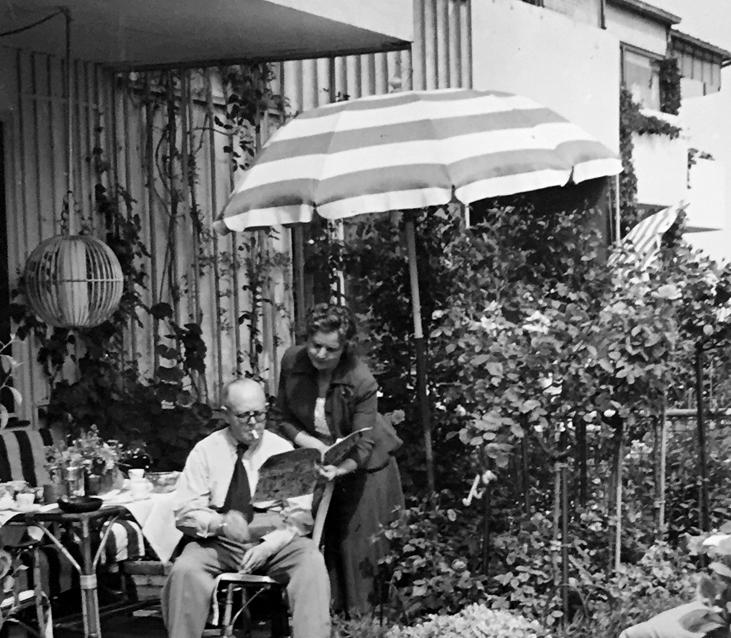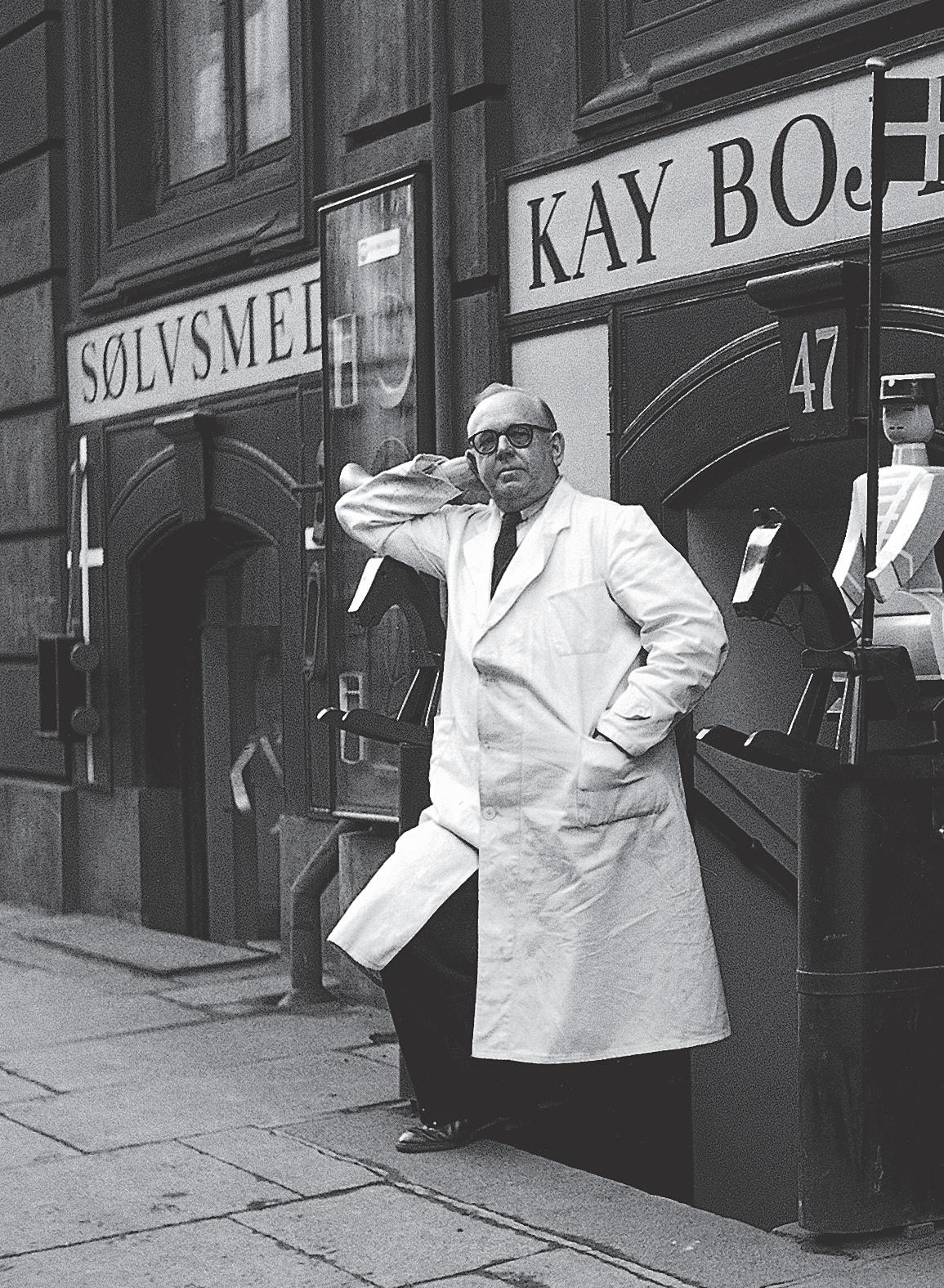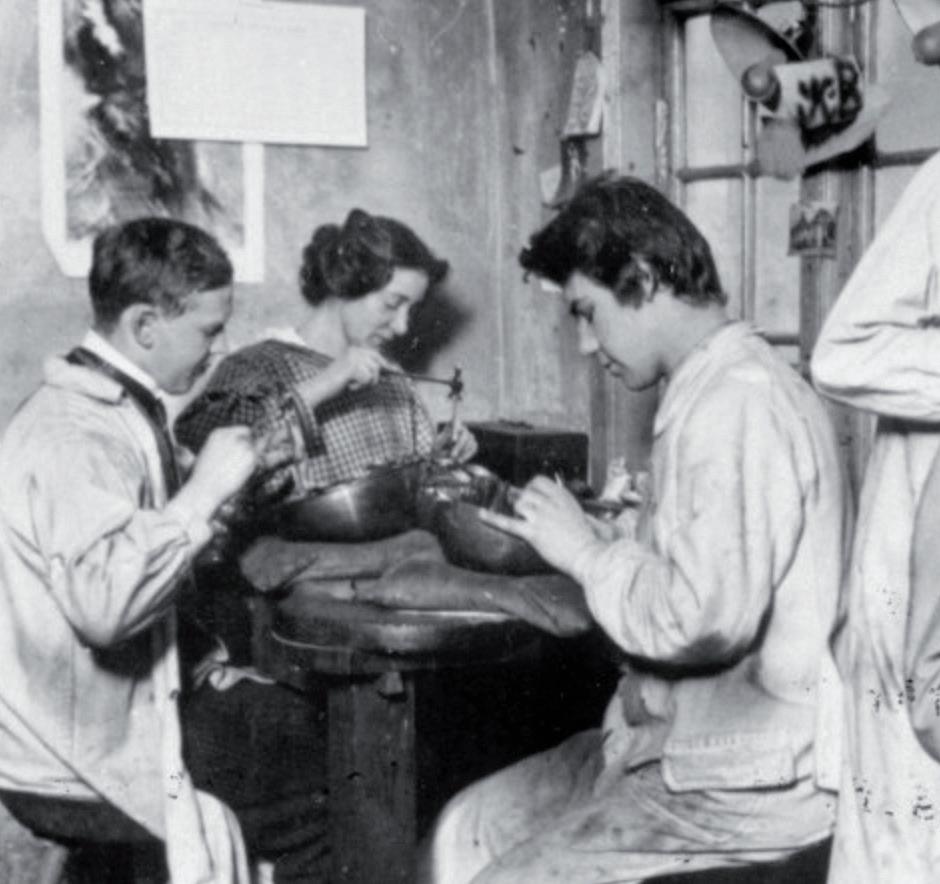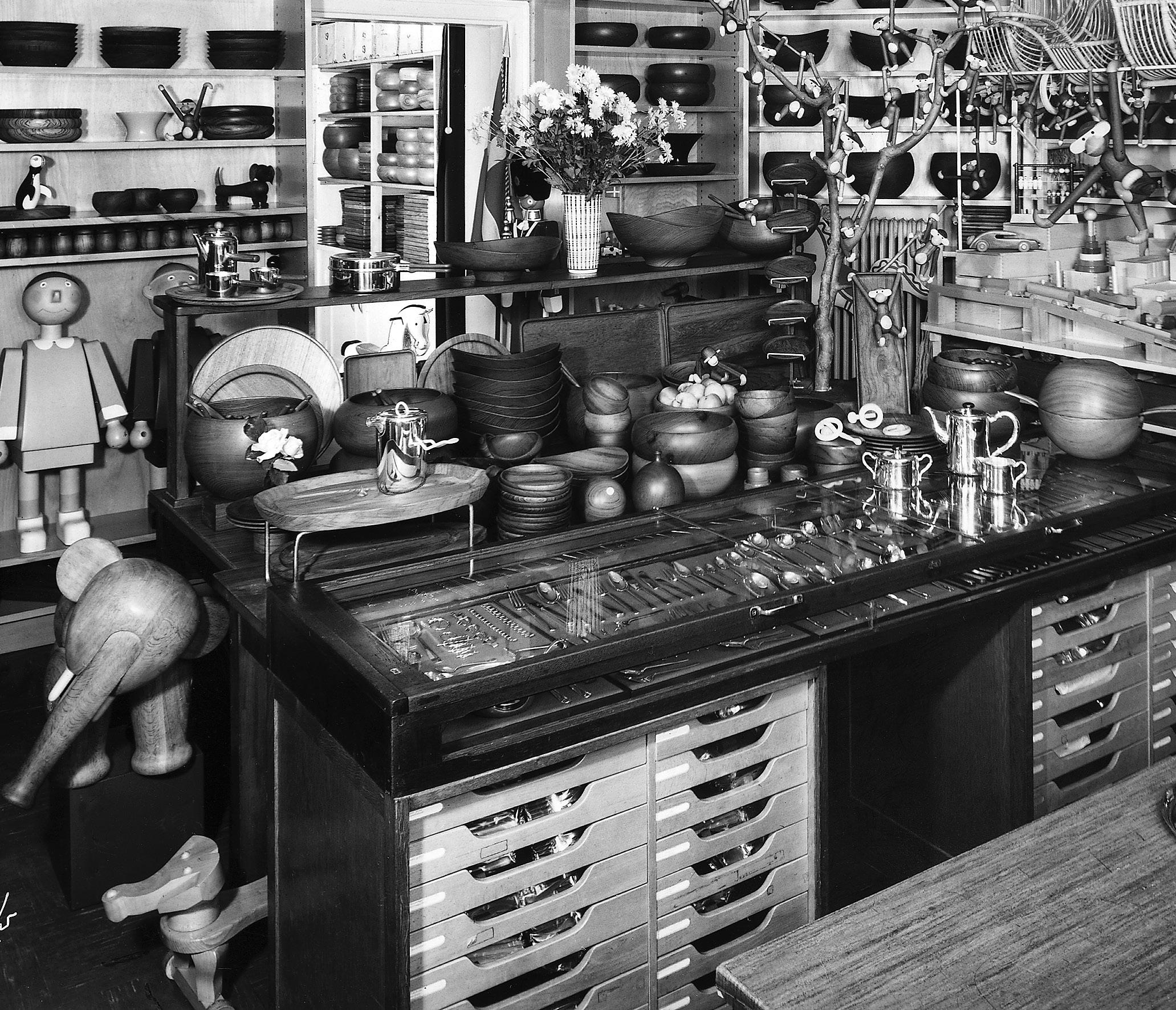
1 minute read
KAY BOJESEN
by Kay Bojesen
KAY BOJESEN WAS A DANISH CRAFTSMAN, KNOWN AND LOVED FOR HIS FUNCTIONAL, SIMPLE AND AESTHETIC DESIGN
Kay Bojesen was born in 1886 into a creative family in Copenhagen.
Advertisement
In 1907, Kay got an apprenticeship as a silversmith at Georg Jensen’s workshop. Here, Kay learned how to master silver craft, Art Nouveau and curlicues. By 1910, when Kay was fully trained, Georg Jensen admired Kay’s talent and wrote: “It is my belief that a young man with his skills, is able to take it far”.
After his apprenticeship, Kay travelled Europe, and once he returned to Copenhagen in 1913, he opened his first silversmith workshop. He kept letting his craftsmanship push him forward to experiment with innovative styles and materials. In the 1920s, Kay became a strong advocate for functionalism, arguing that ornamentations and decorations belonged to a bygone era.
Kay Bojesen was constantly rethinking shapes, materials and the function of objects. He mastered multiple materials, including silver, wood, glass, melamine, tin, steel and porcelain, and stated that his biggest concern was:“that I have a terribly difficult time keeping my initiative in check” Kay was always curious and industrious, and during his career, he managed to design and put more than 2.000 objects into production, equivalent to an impressive 2.6 new designs per week!
Even though Kay Bojesen created most of his designs in the 1930s, 1940s and 1950s, his craftsmanship still brings joy to this day. His ability to think ahead of his time and welcome new trends, at the same time as staying true to his functionalistic and simple line of thought, has resulted in his pieces of craftsmanship becoming iconic symbols of Danish design.
